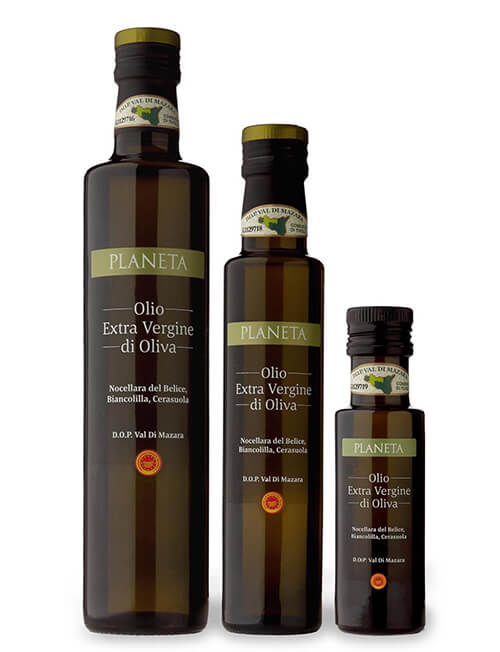Planeta
For five centuries and through seventeen generations, Planeta has been involved with the course of agricultural evolution in the complex land of Sicily, with an approach always inclined to openness and innovation.
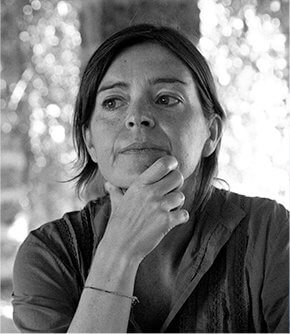
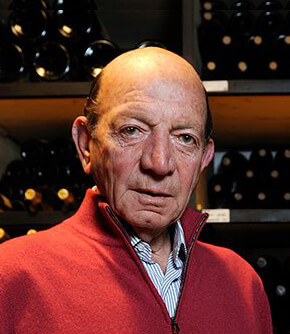
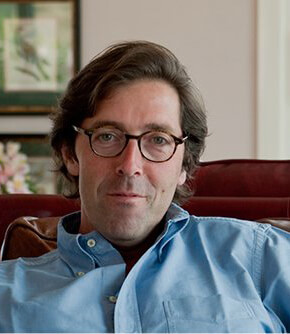
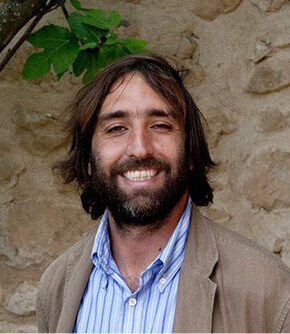

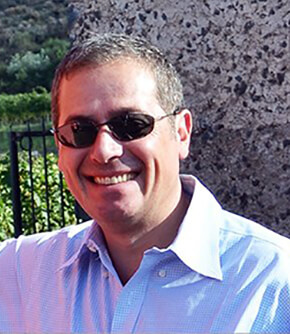
Winery
The Planeta wineries expand through Sicily from west to east, in five regions. For five centuries and through seventeen generations, the family has been involved with the course of agricultural evolution in the complex land of Sicily, with an approach always inclined to openness and innovation.

Ulmo Region
The story and journey of Planeta began at Ulmo. In the middle of the 1980’s they planted their first vines around the 16th century farmhouse which the family has always owned; a beautiful place full of memories which they wanted to provide with a new future. They built their first winery in 1995 on the banks of the Lake Arancio and its nearby woods, in really delightful countryside. They also established the Iter Vitis museum, surrounded by a ‘Collection meadow’ of different Sicilian and Georgian vines, inspired by the idea of enhancing the rich Sicilian winemaking tradition. The nature footpathThe family houses are within the Baglio, while around them lie their production, administrative and planning centres. The larger part of the company’s production takes place there, and they have built two wineries; the large and the small. The Infernotto, inside the small winery, is their family caveau, with a collection of their favourite labels from all over the world and all the Planeta vintages.
From the sea to the hills, up to an altitude of 400 metres, the Menfi territory holds the largest extent of their vineyards. They cultivate more than 250 hectares, and they make careful selections of their vines, both indigenous and international varieties, to the specifics of each terroir.
For about a metre the soil chiefly consists of the red sands which originate from marine terraces. Below lies a deep layer of tufo rich in lime, important for the water balance of the vines.
The valley was originally crossed by a river which today has become the Lake Arancio. This has contributed to the formation of deep soils, with an abundant texture of pebbles. The higher soils are instead more limey and chalky. The slope ensures perfect drainage. 415 metres above sea level.
Vittoria Region
Vittoria is one of those places redolent of history and the long agricultural tradition of their family. They learnt from children to recognise the aroma of Cerasuolo di Vittoria, thus it was natural to travel along the island’s southern coast to produce it here, in its own great country. The Dorilli estate was established by renovating the big country house which stood at the centre of an ancient landholding; they replanted the vines which had not been grown there for a long time, restored the winery and the large rooms which are now reserved for hospitality. With its typical Liberty style, the whole estate now expresses the fascination of great elegance together with the unmistakable atmosphere of an old country house.
The principal characteristic of this land is the appearance of its red sand; the name of Cerasuolo derives from it, evoking the ‘cerasa’, cherry in Sicilian. Here, between the plateau and the sea, where the summer temperatures are very high and the rainfall very low, the vines are interwoven with the ecosystem of the Mediterranean macchia.
For about a metre the soil chiefly consists of the red sands which originate from marine terraces. Below lies a deep layer of tufo rich in lime, important for the water balance of the vines.
Noto Region
Noto was the third stage of their journey in Sicily. In 1998 they founded their estate in the district which coincidentally has always been called ‘Buonivini’. This gave them the idea of coming to discover the winemaking potential of this country, cradle of Nero d’Avola, which after a long history at present remained almost unknown. Here we confronted the hardest and best challenge, to give again an identity and future to a great Sicilian wine producing territory. The beauty of these hills which slope to the sea and where the vineyards stretch between almond groves, has made them carefully seek the closest integration possible with the landscape to provide minimum impact. Sustainability and hospitality in an informal atmosphere which cares for nature have, since the first day, characterised this project, with the building of the Cantina Invisibile and the restoration of the grape press and the Case Sparse. The aspect of the soft hills of Buonivini, the white limestone soil, the breezes arising from the meeting of two seas, create the best conditions to make the vines grow successfully and give rise to great wines. Here Nero d’Avola and Moscato grow together with almonds, carobs and olives, symbolic plants of the Mediterranean location. White earth, very limey, with abundant structure of small dimensions.
Etna Region
In 2008 after searching for a long time for the best land for their vines, they stopped on the north side of Etna, among the lava flows and the woods which surround Passopisciaro. Here they planted their Nerello and Carricante vines and in 2012 the winery was also established. The estate spreads both south and north of the village. To the north, in the middle of the beautiful Sciara Nuova vineyard, at more than 800 metres above sea level, they invested in the careful restoration of old buildings, which today represent the centre of their hospitality. To the south, near the Feudo di Mezzo vineyard, they built the Feudo di Mezzo winery right in the centre of a fifteen hundredth century lava flow. Nearby they planted Torreguarino, Pietramarina and Montelaguardia vines, ideal for their white wines. At Sciara Nuova they transformed part of the old terraces into a Theatre in the Vineyard, where every summer the Sciara Nuova Festival is held, one of the cultural activities that we have inspired and produced.
The volcanic soils of Etna originate from the slow breaking down of the laval rock, from the abundant presence of ashes emitted from the crater and from organic substances. They are rich in stones and minerals. The quantity and dimension of the stones varies a great deal on the different terraces as does the deth of each type of soil. In every case fertility and complexity are the common denominator in the different soils of their vineyards in the Etna area.
Capo Milazzo Region
La Baronia, located in the Capo Milazzo Region, is the smallest of their estates – 8 hectares of vineyard, surrounded by 20 hectares of ancient olive grove – but it is full of meanings, of memories and ideas. They began this new project with the idea of restoring the production of Mamertino, among the oldest wines of the island. All began with a meeting with the Fondazione Lucifero, owners of this magnificent and historic land, where agriculture had deteriorated since 2011 and was by then almost completely abandoned. Together they began working towards restoration of a culture and a biodiversity which would otherwise have been lost; where before there was only undergrowth, now there are new vines bordered by delightful natural footpaths. Today this project is the symbol of their idea of sustainable viticulture, not only from the point of view of cultivation and production, but also from environmental, cultural, social and economic aspects.
After the Invisible Winery at Noto and with the same desire for a discrete presence, they thought of a ‘Removable Winery’ for Capo Milazzo; it is a symbol of their project for this territory, directed towards integral sustainability.
Olive oil
Extra-virgin olive oil is, together with wine, the other great family passion. The large olive grove at Capparrina, at Menfi, relates the history of their love for this product, together with their commitment to safeguarding the countryside and nature.
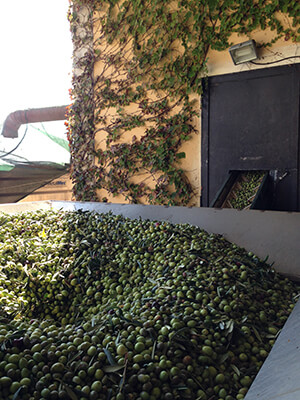 The oldest maps of Ulmo show that already half a century ago olives were cultivated in one of the areas best known for the production of olive oil. The family has always been linked to this product which so forcefully represents Sicily and the Mediterranean.
The oldest maps of Ulmo show that already half a century ago olives were cultivated in one of the areas best known for the production of olive oil. The family has always been linked to this product which so forcefully represents Sicily and the Mediterranean.
At Capparrina they planted their olive grove to ensure that the coast at Menfi should remain free of buildings for ever, placing once more the protection of the countryside above the interests of family and business.
Today they care for 98 hectares of olives which descend the hill towards the white beach of Porto Palo of Menfi, 19 times Blue and Green Flags, in a context of great biodiversity in which rare examples of flora and fauna co-exist.
Through their olive oil contribute to consolidating and diffusing the culture of quality extra-virgin olive oil, in the kitchen and on the table.
‘It is a new way of thinking about the journey through Sicily; after Menfi, Vittoria, then Noto, then Etna, then Milazzo. 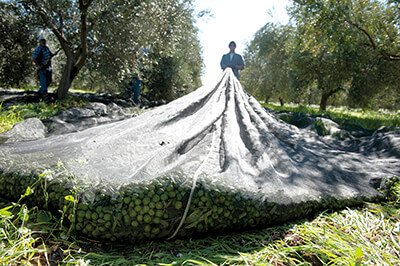 Not a random route, but one strongly linked to the variety of countryside, to the winds, to the character of the people and thus of their wine…’ Diego Planeta
Not a random route, but one strongly linked to the variety of countryside, to the winds, to the character of the people and thus of their wine…’ Diego Planeta
The olive oil adventure began in 1999 when the Planeta family started to bottle what they used to produce for family consumption, Alessio, Francesca and Santi are themselves astonished by the high quality oil, becoming in a short time one of the reference points of extra-virgin olive oil. One of the secrets of the success of this oil, other than the care taken in every stage of its production, is the location of the press in the centre of the olive grove, which eliminates any delay between harvesting and processing.
Why Dop ?
The DOP Val di Mazara protection cultivars related to territory of western Sicily and in particular the three that best identify it: Nocellara, Biancolilla and Cerasuola, all three present in their olive grove and their oil. Their production takes place in strict observance of the specification:
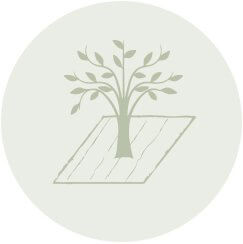
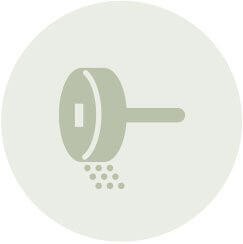
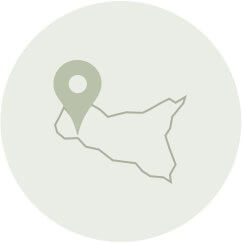
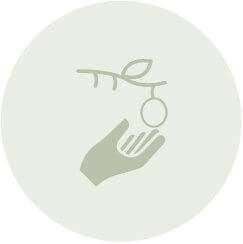
The yield must not exceed 80 quintali per hectare and the harvest cannot take place after the 30th December.
All procedures following the harvest must take place within the territory of the DOP, the olives must be pressed within 48 hours of their harvest and the yield in oil must not exceed 22%.
The oil must have particular tasting characteristics, and must be subject to examination by the appropriate examining commission.
Independent certifiers undertake continuous checks on the production centres and their products, as do the Commissione de controllo and the Consorzio di tutela.
How its done ?
TRADITIONAL

1. Harvest
They harvest the olives by hand only at beginning of October. This early harvest is a particular choice, which means that they sacrifice some of the yield in order to enhance the tasting characteristics of each variety.
2. Washing
Washing takes place in two phases. The olives are washed gently with water and then again in the pressing.
3. Pressing
The pressing takes place in a press with hammers which reduces the olives to a paste.
4. Kneading
After pressing the olives proceed to kneading, at a low temperature.
5. Decanting
After pressing and kneading, the olives finally proceed to the decantor which separates the oil, in its purest state, from the wet residue.
6. Passage to vat
After decanting the oil is ready and has no need of the centrifuge.
7. Packaging
Thanks to this high-technology production cycle their olive oil is of the highest quality and is sent directly for marketing.
